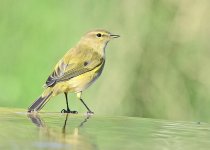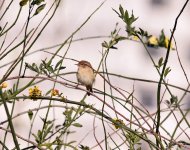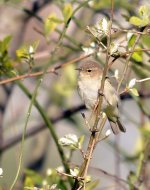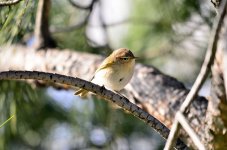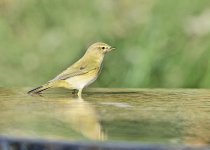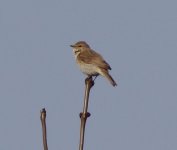Surely all this talk of Siberian chiffchaffs is moot in the context of the photos, which look nothing like tristis?
Sibe’s have stonking white underparts and brown upper parts with a hint of buff, especially around the ear coverts and very little in the way of yellow / green. OK – so our knowledge of the taxonomy of Chiffs from the east is in a bit of a state of flux, but lets not lose sight of the wood for the trees. These don’t even approach abietinus, which also have white underparts, but are typically colder and greyer above, but do have green tones, especially in the wings.
I really can't see anything in these photos except standard collybita and fairly typical examples at that. No other race of chiffchaff has such obviously non-white underparts. OK so Iberian, Canary & Caucasian Mountain can't be ruled out on underpart tones, but only Iberian is even an outside contender and would need some rather more concrete evidence than looking and sounding bizarre to be given serious consideration.




